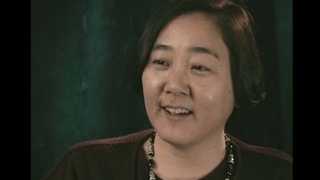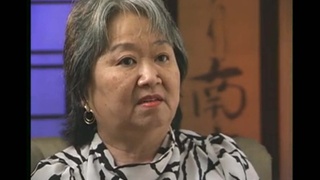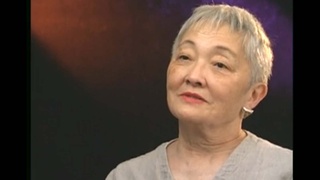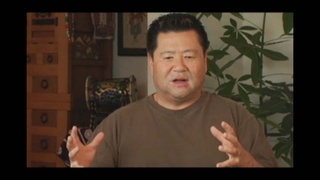Interviews
Defusing myths through The Hapa Project
It allows people to, hopefully, defuse some myths that may be about them. I think there’s these myths of “hybrid vigor” and “All you Hapas, you’re all beautiful, y’all have it going on, and everything’s great, and look at all the models out there and all the actors, and oh, man, Keanu Reeves is so good-looking.” Hopefully it defuses some of that because there’s a whole gamut of ages and ethnicities and physical statures—people look really, really different.
At the same time, I think it allows people to construct their identity and tries to show how different—I wanted to celebrate difference in it, I wanted to reclaim these terms that haven’t been very positive—Ainoko, or “hybrid” or “half-breed” or even “Amerasian” which is technically correct. It’s still got this kind of ‘75-post-Vietnam thing because that’s where it’s connotated, that’s where the documentaries are. And even “Hapa” being originally a semi-derogatory term in Hawai`i. I wanted people to be able to say who they were in their own words and reclaim these things and have a place where we could actually celebrate our differences.
Date: May 3, 2006
Location: California, US
Interviewer: Jim Bower
Contributed by: Watase Media Arts Center, Japanese American National Museum.
Explore More Videos

Heightened awareness of identity as a Japanese American
(b. 1955) Lawyer

Reasons for conformity and competitiveness in Gardena, California
(b. 1946) Lawyer








Advantages of being Nikkei (Spanish)
(b. 1950) Nisei Chilean, Businessman


Childhood shame for being Nikkei in Enumclaw, Washington
Judge, only Japanese American to serve on CWRIC.


On the Impact of the Camp Experience
(b. 1942) The first Asian American woman judge

Thoughts on the term, "Nikkei"
(b. 1949) Musician and arts educator and adminstrator.
